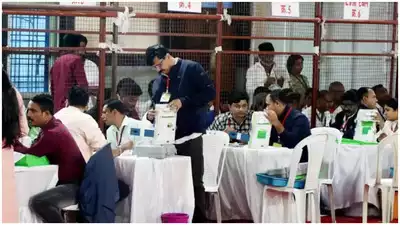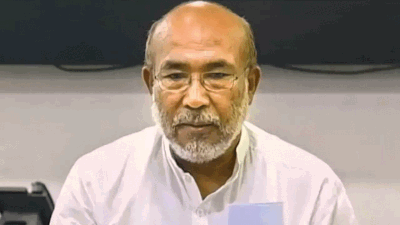DEHRADUN: In the unforgiving terrain of the Himalayas, avalanches rarely leave survivors. The numbers tell a grim story—over the years, more than 140 people have been trapped in such disasters, with nearly 70 losing their lives. From trekkers and mountaineers in Uttarakhand to soldiers and tourists in Jammu and Kashmir and Sikkim, these tragedies have repeatedly struck India’s mountain regions, where survival hinges on rescue efforts.
The Lifesaving Factors: Steel Containers and Swift Rescue
This time, however, two critical factors worked in the survivors’ favor: the reinforced steel containers they were sleeping in and the immediate response from Indian Army and Indo-Tibetan Border Police (ITBP) personnel stationed nearby.
In Mana, the avalanche struck with immense force, swallowing eight accommodation containers and a shed, hurling them hundreds of meters toward the Alaknanda River. Those thrown outside stood little chance, but those inside the containers had a fighting shot at survival.
“These metal shelters saved most of them,” said a senior rescue official. “They had just enough oxygen to hold on until we got them out.” Had they been in barracks or tents, the outcome could have been far worse.
Steel Containers: The Difference Between Life and Death
Each of these heavy-duty steel containers, built for extreme conditions, could house 12-14 workers. Their reinforced structure prevented them from being crushed under the weight of the snow, and most crucially, they remained sealed, preventing suffocation.
The avalanche tossed the containers violently, but their robust design shielded the workers inside. “Without these containers, survival would have been nearly impossible,” the official added.
Immediate Response Saved Lives
Timing was another key factor. Nearly 250 Indian Army and ITBP personnel were stationed at the all-weather border outpost in Mana. They didn’t wait for orders. Within minutes of the avalanche, rescue teams were on the ground, digging through the snow and pulling survivors to safety.
“The response was instant because of the border outpost,” a senior ITBP officer told TOI. “Our personnel began search and rescue efforts without any delay.”
The presence of military personnel also ensured immediate medical aid. Most of the injured workers were treated at the Army and ITBP’s medical inspection (MI) rooms, preventing further casualties.
What If Help Had Been Delayed?
Had the forces not been stationed in Mana, the outcome could have been far deadlier. Heavy snowfall had already made the roads treacherous, and dispatching a rescue team from elsewhere would have taken hours—possibly too long.
“Without their presence, reaching the area in time would have been a challenge. That delay would have cost more lives,” an officer from Chamoli district noted.
In the end, a combination of preparedness, infrastructure, and swift action turned a near-certain tragedy into a story of survival.
Read also: https://newsonthego.in/dehradun-the-roar-the-whiteout-and-the-fight-for-survival/




